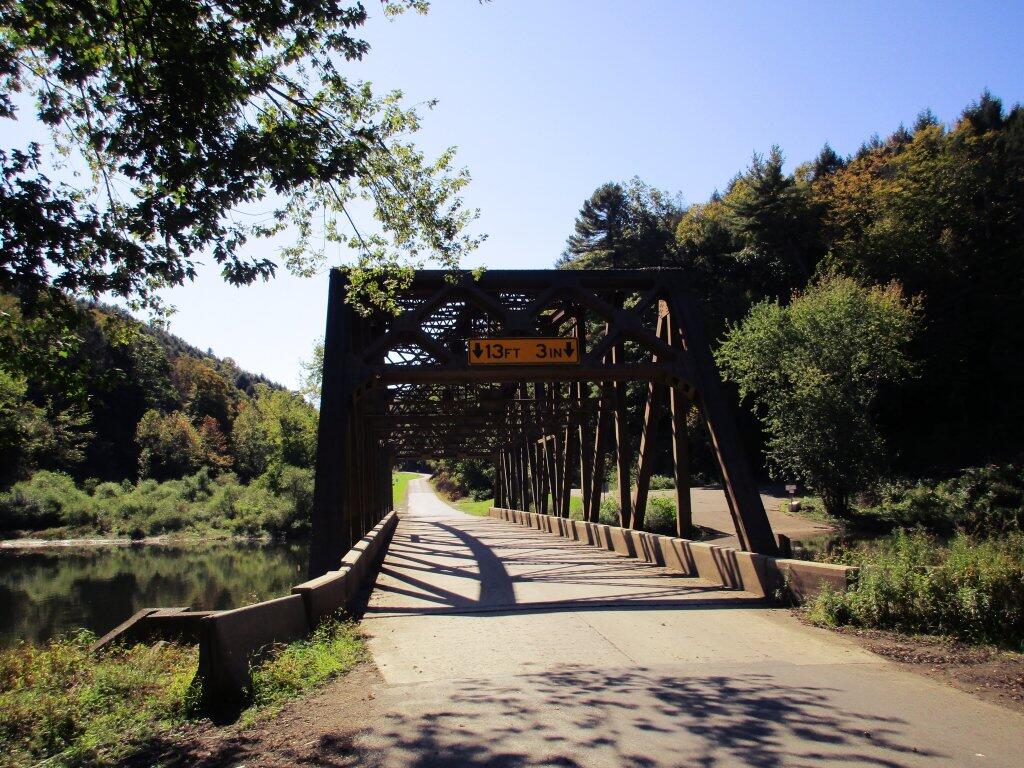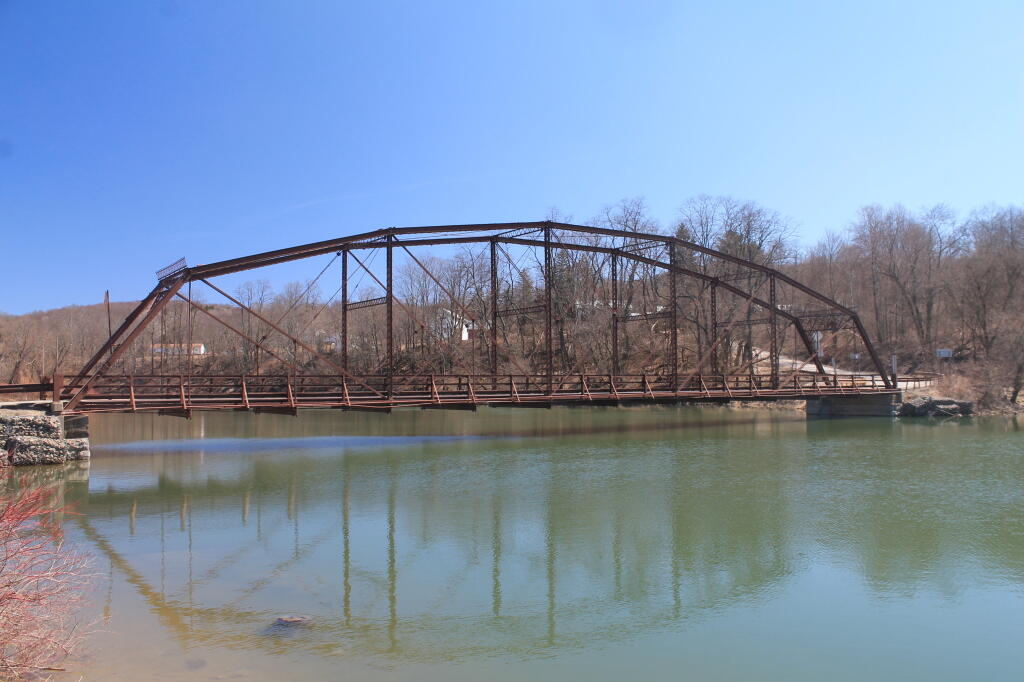Albany Water Reservior Basins
Where the City of Albany gets it's water from -- the Alcove and Basic Reservoirs.
The Alcove Reservoir is not only a larger reservoir and basin, it also has much higher water quality due to land cover. The Basic Reservoir is connected to the Alcove Reservoir via pipeline and Silver Creek but used only occasionally due to lower water quality and quantity.



